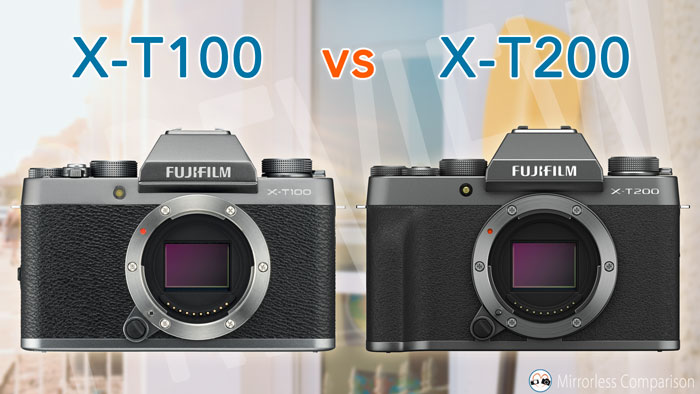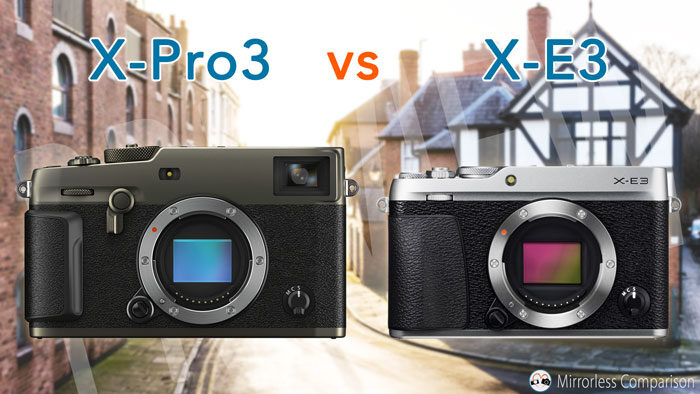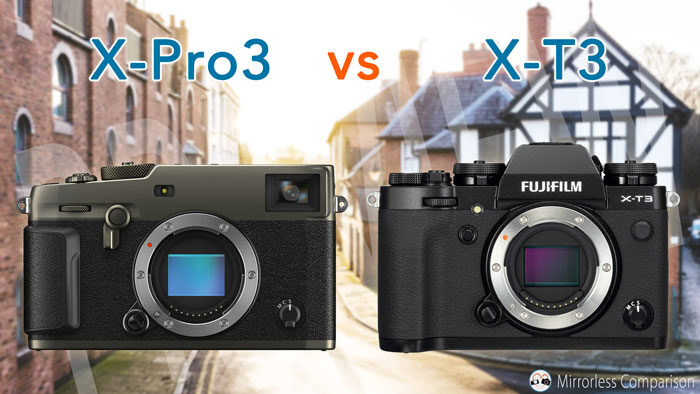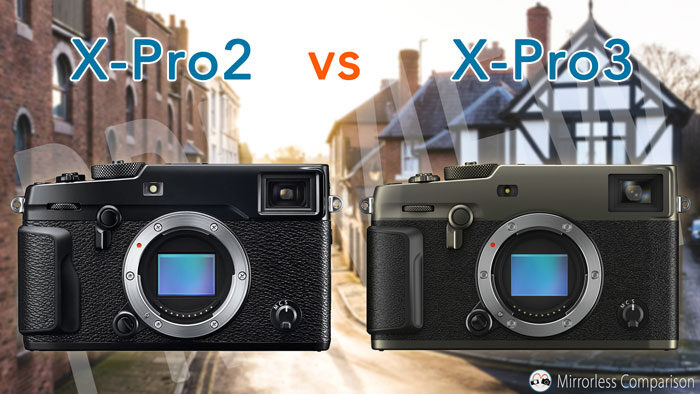The X-T100 was an entry-level model designed to be a compact, affordable and approachable option for those considering an upgrade from smartphone photography. It retained the classic styling and many of the much-loved features of other X Series cameras but suffered from laggy autofocus performance and disappointing 4K video specifications.
Preview
Leica SL vs SL2 – The 10 Main Differences
The original Leica SL (Typ 601) was launched in 2015 and was Leica’s answer to the professional mirrorless system. It featured a premium build quality, weatherproofing, two SD card slots and a fantastic viewfinder. The price, unsurprisingly, was prohibitive and uncompetitive compared to the many mirrorless models that came after it.
Four years later, Leica has joined the L-mount alliance with Sigma and Panasonic, which gives users access to more gear and lenses for L-mount camera users. The SL2 follows the release of the Lumix S1, S1R and S1H, as well as the Sigma FP, to become the fifth full frame model using the L-mount.
Fujifilm X-Pro3 vs X-E3 – The 10 main differences
After launching the X-Pro1 back in 2012, Fujifilm introduced a more affordable model the following year, the X-E1. It preserved the rangefinder concept of having the viewfinder on the left-hand side of the body, but featured an electronic version rather than the innovative hybrid viewfinder of the Pro model.
Over the years, the series has evolved with the same technology found on other popular Fujifilm models such as the X-T and -XTx series.
Fujifilm X-Pro3 vs X-T3 – The 10 main differences
Over the years, the Fujifilm X-T3 has become more popular and generated more sales than the original flagship series, the X-Pro line-up. Although the company has given both the flagship label, the X-Pro has become more of a niche product for photographers who enjoy its unique features.
If previously, it was the X-T model that inherited new technology after the X-Pro camera, this time it is the other way around. Fujifilm released the X-T3 in 2018 and gave it all the best features in the brand’s arsenal, not only for stills but also video, whereas the X-Pro3 arrives one year later. It has the same sensor, but introduces a few unique ideas when it comes to design.
Fujifilm X-Pro2 vs X-Pro3 – The 10 main differences
The X-Pro1 marked the birth of the Fujifilm interchangeable-lens series. I remember it quite well because from the start, it provided a unique user experience thanks to its hybrid viewfinder and retro style dials (the same concept as the X100 series that began one year earlier). Then came the X-Pro2 which, in addition to inaugurating the third-generation sensor and processor, also brought important upgrades in image quality and autofocus performance.





